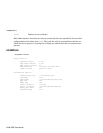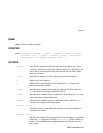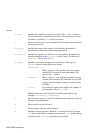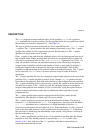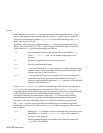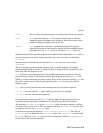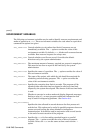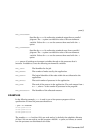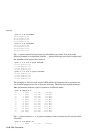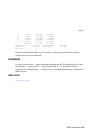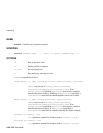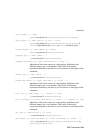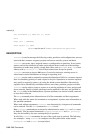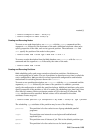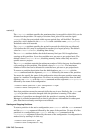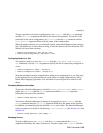prun(1)
$ prun -n 4 -N 2 hostname
atlas0.quadrics.com
atlas0.quadrics.com
atlas1.quadrics.com
atlas1.quadrics.com
$ prun -n 4 -N 4 hostname
atlas1.quadrics.com
atlas3.quadrics.com
atlas0.quadrics.com
atlas2.quadrics.com
The -m option controls how processes are distributed over nodes. It is used in the
following example in conjunction with the -t option which tags each line of output with
the identifier of the process that wrote it.
$ prun -t -n 4 -N 2 -m block hostname
0 atlas0.quadrics.com
1 atlas0.quadrics.com
2 atlas1.quadrics.com
3 atlas1.quadrics.com
$ prun -t -n 4 -N 2 -m cyclic hostname
0 atlas0.quadrics.com
2 atlas0.quadrics.com
1 atlas1.quadrics.com
3 atlas1.quadrics.com
The examples so far have used simple UNIX utilities to illustrate where processes are
run. Parallel programs are run in just the same way. The following example measures
DMA performance between a pair of processes on different nodes.
$ prun -N 2 dping 0 1k
0: 0 bytes 2.33 uSec 0.00 MB/s
0: 1 bytes 3.58 uSec 0.28 MB/s
0: 2 bytes 3.61 uSec 0.55 MB/s
0: 4 bytes 2.44 uSec 1.64 MB/s
0: 8 bytes 2.47 uSec 3.24 MB/s
0: 16 bytes 2.55 uSec 6.27 MB/s
0: 32 bytes 2.57 uSec 12.45 MB/s
0: 64 bytes 3.48 uSec 18.41 MB/s
0: 128 bytes 4.23 uSec 30.25 MB/s
0: 256 bytes 4.99 uSec 51.32 MB/s
0: 512 bytes 6.39 uSec 80.08 MB/s
0: 1024 bytes 9.26 uSec 110.55 MB/s
The -s option instructs prun to print a summary of the resources used by the job when
it finishes.
$ prun -s -N 2 dping 0 32
0: 0 bytes 2.35 uSec 0.00 MB/s
5-18 RMS Commands



